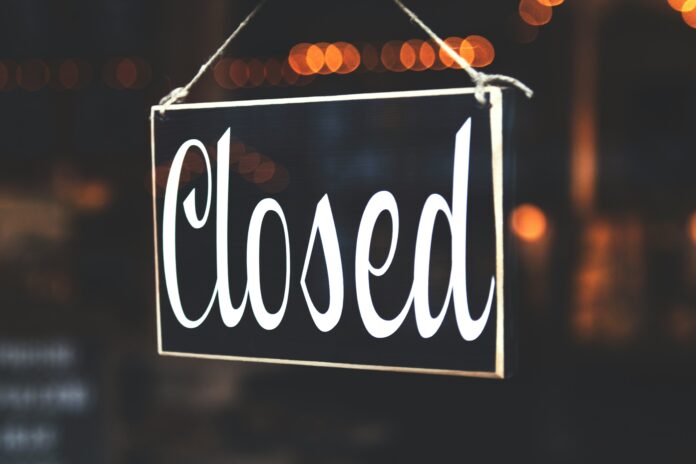
THE NUMBER of boarded up businesses in Limerick was higher than the national average at what should be the busiest time of the year, official figures show.
And almost one in four commercial premises in one county town had the ‘closed’ sign up, as vacancy rates across the country hit record levels.
The commercial vacancy rate in December 2024 for Limerick stood at 17.9 per cent in December 2024 – or close to one in five shopfronts vacant – higher than the national average of 14.5 per cent.
That’s according to the according to the latest GeoDirectory Commercial Buildings Report, just published.
Of the urban areas in Limerick surveyed, Newcastle West had the highest commercial vacancy rate (24.5 per cent). While Abbeyfeale had the lowest, at 18.6 per cent, it still stood more than four points higher than the national average.
The commercial vacancy rate in Limerick in December 2024 saw an increase of 0.7 percentage points compared to December 2023.
In total, 30,365 of the commercial units were vacant across Ireland in December 2024. The report also found that the commercial vacancy rate increased in 15 out of 26 counties.
The GeoDirectory report examined a sample of 80 towns throughout Ireland, as well as 22 districts in Dublin, to assess the shift in commercial vacancy rates from the fourth quarter of 2023 to the same period in 2024.
The report found that Shannon, County Clare, had the second highest vacancy rate in the country at 30.8 per cent.
Commenting on the findings of the report, GeoDirectory CEO Dara Keogh said that “the national vacancy rate for commercial properties increased again in Q4 2024, continuing the trend of recent years. At 14.5 per cent, it is now at its highest rate on record, with vacancy rates increasing in all four provinces.”
Annette Hughes, director at EY Economic Advisory, said that “while residential vacancy continues to decline significantly, dropping to just 3.8 per cent in our most recent GeoDirectory Residential Report, commercial vacancy trends are going in the opposite direction”.
“At 14.5 per cent, the rate now sits one per cent higher than before the Covid pandemic, representing an increase of over 2,100 commercial units and comes despite a strong economy, growing population, and record employment.”
The EY economic advisor suggested that “there are likely many factors at play here including, changes triggered by the pandemic, evolving shopping preferences, and continued cost pressures on businesses and households”.








